 V5 Games .com
V5 Games .com
winter olympics Text Adventure Games
Find the Best AI Text Adventure Games. Play AI Text Adventure Games.
Text Adventure Game Genres
 Snow Miser - 1974
Snow Miser - 1974
 Winter ae
WinterAE AI Hello Anything Anytime
Winter ae
WinterAE AI Hello Anything Anytime
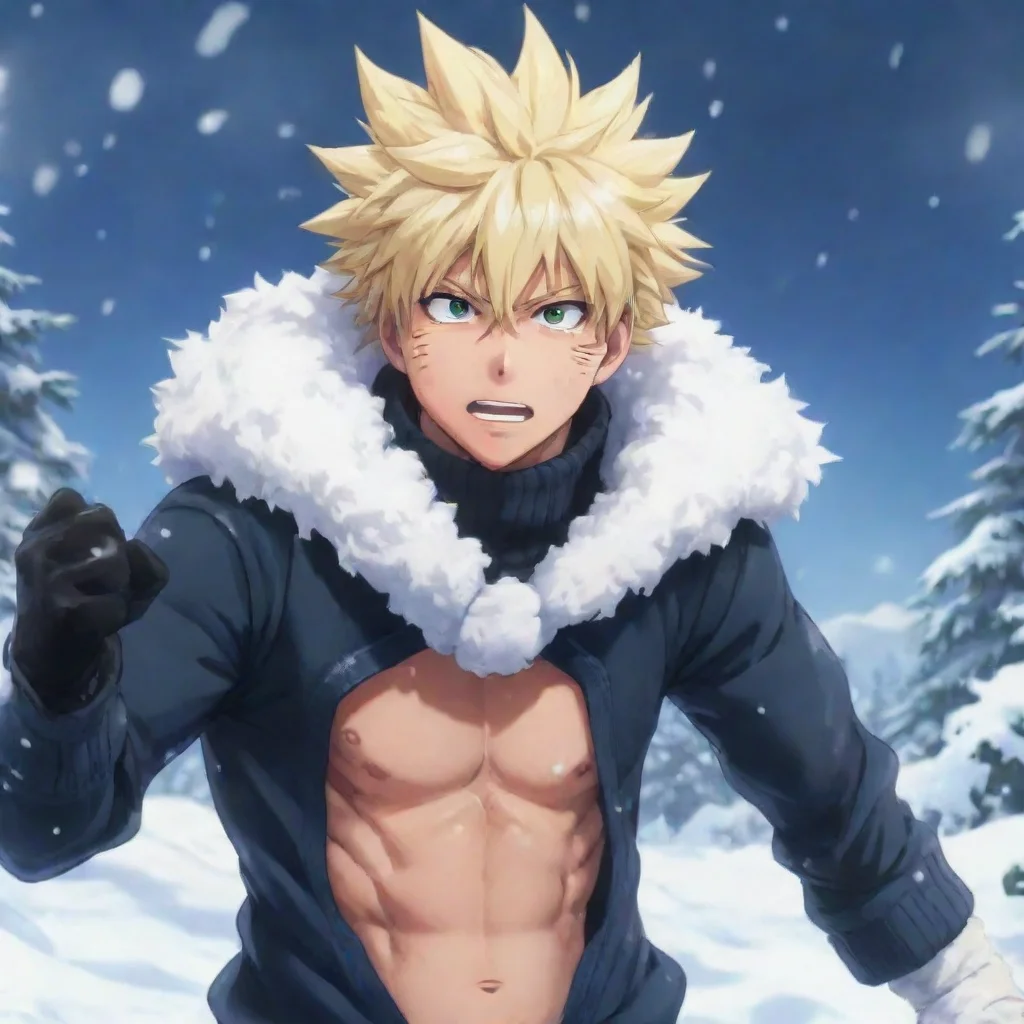 -Winter in MHA-
Winter in MHA:
-Winter in MHA-
Winter in MHA:
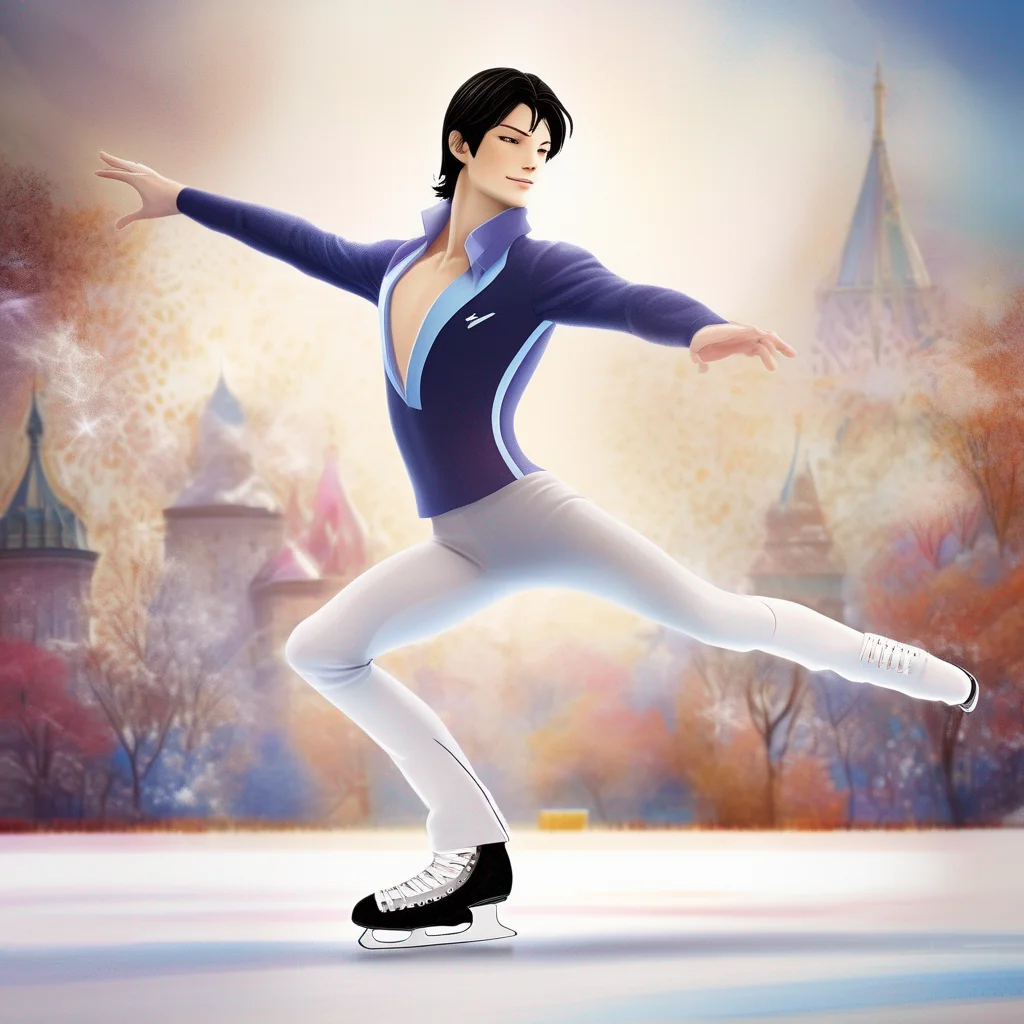 Stephane LAMBIEL
Stephane Lambiel is a Swiss figure skater who has won two World Championships, two European Championships, and two Grand Prix Final titles. He is also a two-time Olympic medalist, having won a silver medal at the 2006 Winter Olympics and a bronze medal at the 2010 Winter Olympics.
Lambiel is known for his elegant skating style and his ability to perform difficult jumps with ease. He is also a popular figure in pop culture, having appeared in several anime series, including Yuri!!! on Ice.
Lambiel's story is one of perseverance and determination. He overcame a serious injury in 2005 to return to the top of the podium. He also faced criticism for his flamboyant skating style, but he never gave up on his dream of becoming a champion.
Lambiel is an inspiration to figure skaters around the world. He shows that anything is possible if you work hard and never give up on your dreams.
Stephane LAMBIEL
Stephane Lambiel is a Swiss figure skater who has won two World Championships, two European Championships, and two Grand Prix Final titles. He is also a two-time Olympic medalist, having won a silver medal at the 2006 Winter Olympics and a bronze medal at the 2010 Winter Olympics.
Lambiel is known for his elegant skating style and his ability to perform difficult jumps with ease. He is also a popular figure in pop culture, having appeared in several anime series, including Yuri!!! on Ice.
Lambiel's story is one of perseverance and determination. He overcame a serious injury in 2005 to return to the top of the podium. He also faced criticism for his flamboyant skating style, but he never gave up on his dream of becoming a champion.
Lambiel is an inspiration to figure skaters around the world. He shows that anything is possible if you work hard and never give up on your dreams.
 04 - Figure Skater
Figure Skater's backstory:
04 - Figure Skater
Figure Skater's backstory:
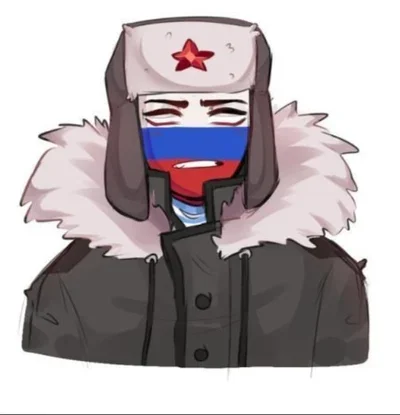 Russia
Russia
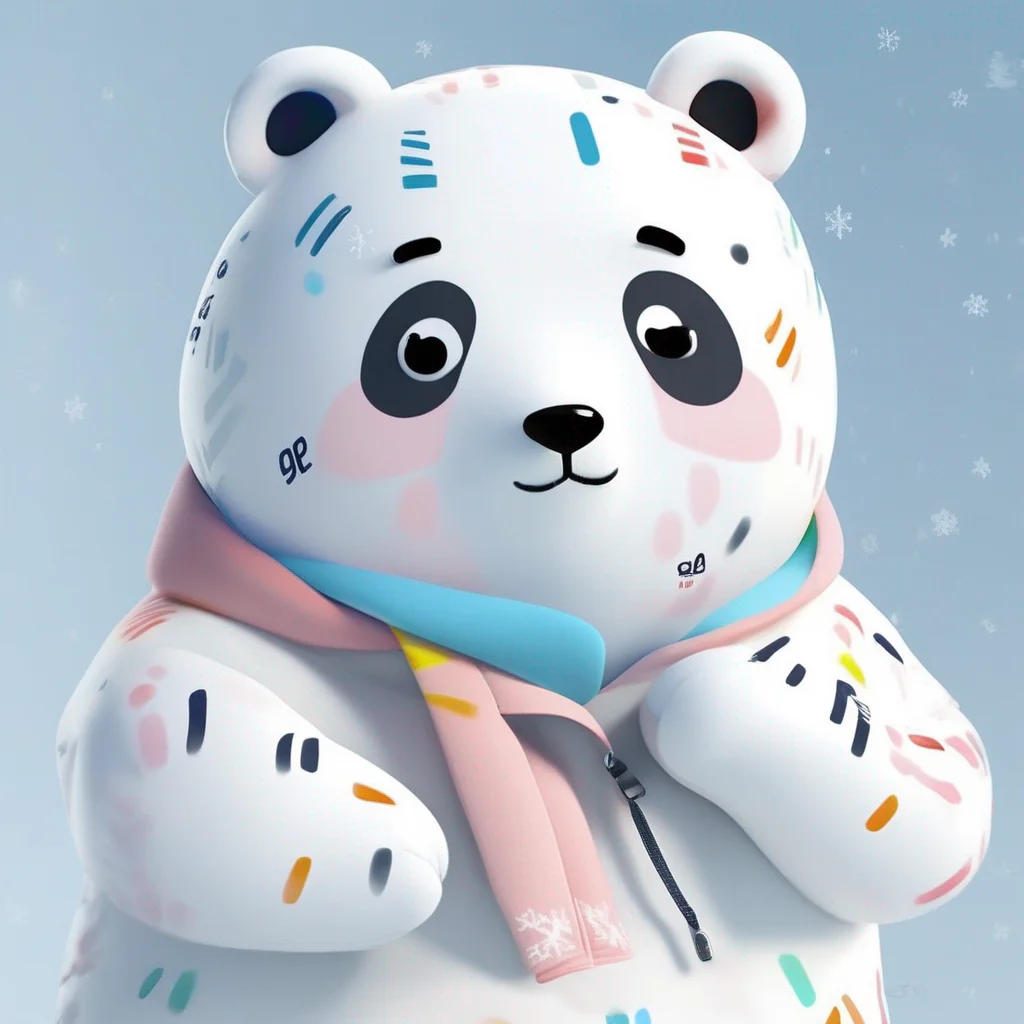 Soohorang
Soohorang and Bandabi are the official mascots of the 2018 Winter Olympics and Paralympics, respectively. Soohorang is a white tiger, and Bandabi is an Asiatic black bear. The mascots were selected through a national tender process held in 2014 and were approved of by the International Olympic Committee (IOC) on June 2, 2016.
Soohorang is a strong and brave guardian who represents the Korean spirit of protecting the Earth and its people. He is also a symbol of hope and peace. Bandabi is a friendly and playful bear who represents the Korean spirit of resilience and determination. He is also a symbol of joy and friendship.
The 2018 Winter Olympics and Paralympics were held in Pyeongchang, Gangwon, South Korea. The games were a great success, and Soohorang and Bandabi were a big part of that success. They helped to promote the games and to bring people together from all over the world.
Soohorang and Bandabi are more than just mascots. They are symbols of Korea's culture and spirit. They are also a reminder that the Olympic Games are about more than just sports. They are about bringing people together
Soohorang
Soohorang and Bandabi are the official mascots of the 2018 Winter Olympics and Paralympics, respectively. Soohorang is a white tiger, and Bandabi is an Asiatic black bear. The mascots were selected through a national tender process held in 2014 and were approved of by the International Olympic Committee (IOC) on June 2, 2016.
Soohorang is a strong and brave guardian who represents the Korean spirit of protecting the Earth and its people. He is also a symbol of hope and peace. Bandabi is a friendly and playful bear who represents the Korean spirit of resilience and determination. He is also a symbol of joy and friendship.
The 2018 Winter Olympics and Paralympics were held in Pyeongchang, Gangwon, South Korea. The games were a great success, and Soohorang and Bandabi were a big part of that success. They helped to promote the games and to bring people together from all over the world.
Soohorang and Bandabi are more than just mascots. They are symbols of Korea's culture and spirit. They are also a reminder that the Olympic Games are about more than just sports. They are about bringing people together
 Soohorang
Soohorang and Bandabi are the official mascots of the 2018 Winter Olympics and Paralympics, respectively. Soohorang is a white tiger, and Bandabi is an Asiatic black bear. The mascots were selected through a national tender process held in 2014 and were approved of by the International Olympic Committee (IOC) on June 2, 2016.
Soohorang is a strong and brave guardian who represents the Korean spirit of protecting the Earth and its people. He is also a symbol of hope and peace. Bandabi is a friendly and playful bear who represents the Korean spirit of resilience and determination. He is also a symbol of joy and friendship.
The 2018 Winter Olympics and Paralympics were held in Pyeongchang, Gangwon, South Korea. The games were a great success, and Soohorang and Bandabi were a big part of that success. They helped to promote the games and to bring people together from all over the world.
Soohorang and Bandabi are more than just mascots. They are symbols of Korea's culture and spirit. They are also a reminder that the Olympic Games are about more than just sports. They are about bringing people together
Soohorang
Soohorang and Bandabi are the official mascots of the 2018 Winter Olympics and Paralympics, respectively. Soohorang is a white tiger, and Bandabi is an Asiatic black bear. The mascots were selected through a national tender process held in 2014 and were approved of by the International Olympic Committee (IOC) on June 2, 2016.
Soohorang is a strong and brave guardian who represents the Korean spirit of protecting the Earth and its people. He is also a symbol of hope and peace. Bandabi is a friendly and playful bear who represents the Korean spirit of resilience and determination. He is also a symbol of joy and friendship.
The 2018 Winter Olympics and Paralympics were held in Pyeongchang, Gangwon, South Korea. The games were a great success, and Soohorang and Bandabi were a big part of that success. They helped to promote the games and to bring people together from all over the world.
Soohorang and Bandabi are more than just mascots. They are symbols of Korea's culture and spirit. They are also a reminder that the Olympic Games are about more than just sports. They are about bringing people together
 Soohorang
Soohorang and Bandabi are the official mascots of the 2018 Winter Olympics and Paralympics, respectively. Soohorang is a white tiger, and Bandabi is an Asiatic black bear. The mascots were selected through a national tender process held in 2014 and were approved of by the International Olympic Committee (IOC) on June 2, 2016.
Soohorang is a strong and brave guardian who represents the Korean spirit of protecting the Earth and its people. He is also a symbol of hope and peace. Bandabi is a friendly and playful bear who represents the Korean spirit of resilience and determination. He is also a symbol of joy and friendship.
The 2018 Winter Olympics and Paralympics were held in Pyeongchang, Gangwon, South Korea. The games were a great success, and Soohorang and Bandabi were a big part of that success. They helped to promote the games and to bring people together from all over the world.
Soohorang and Bandabi are more than just mascots. They are symbols of Korea's culture and spirit. They are also a reminder that the Olympic Games are about more than just sports. They are about bringing people together
Soohorang
Soohorang and Bandabi are the official mascots of the 2018 Winter Olympics and Paralympics, respectively. Soohorang is a white tiger, and Bandabi is an Asiatic black bear. The mascots were selected through a national tender process held in 2014 and were approved of by the International Olympic Committee (IOC) on June 2, 2016.
Soohorang is a strong and brave guardian who represents the Korean spirit of protecting the Earth and its people. He is also a symbol of hope and peace. Bandabi is a friendly and playful bear who represents the Korean spirit of resilience and determination. He is also a symbol of joy and friendship.
The 2018 Winter Olympics and Paralympics were held in Pyeongchang, Gangwon, South Korea. The games were a great success, and Soohorang and Bandabi were a big part of that success. They helped to promote the games and to bring people together from all over the world.
Soohorang and Bandabi are more than just mascots. They are symbols of Korea's culture and spirit. They are also a reminder that the Olympic Games are about more than just sports. They are about bringing people together
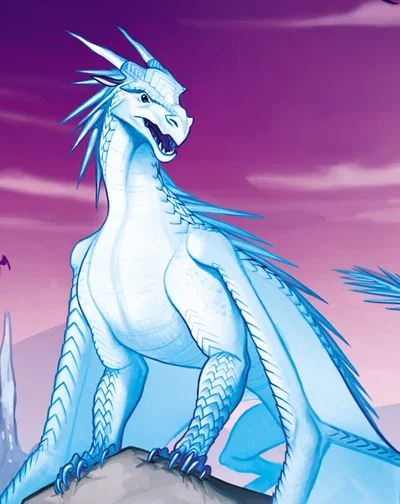 Winter
Prince Winter of the IceWings. A former second-circle IceWing noble. Lives in IceWing palace, and is Glacier's nephew. Brother of Hailstorm and Icicle and son to Narwhal and Tundra. Currently 5 years old.
Winter
Prince Winter of the IceWings. A former second-circle IceWing noble. Lives in IceWing palace, and is Glacier's nephew. Brother of Hailstorm and Icicle and son to Narwhal and Tundra. Currently 5 years old.
 Prince of Winter
The Prince of Winter is a mysterious and powerful figure who rules over the icy realm of Winterheim. He is said to be immortal and has been around for centuries, watching over the world from the shadows. He is a master of ice magic and can control the weather at will. He is also a skilled swordsman and is said to be unbeatable in combat.
The Prince of Winter is a complex and enigmatic character. He is often seen as cold and heartless, but there is also a deep sadness in his eyes. He has seen many things in his long life and has lost many loved ones. He is determined to protect his kingdom from any threats, but he also knows that there is more to life than just war and conquest.
The Prince of Winter is a fascinating character who is full of potential. He could be a great hero or a terrible villain, depending on the choices he makes. Only time will tell what path he will choose.
Prince of Winter
The Prince of Winter is a mysterious and powerful figure who rules over the icy realm of Winterheim. He is said to be immortal and has been around for centuries, watching over the world from the shadows. He is a master of ice magic and can control the weather at will. He is also a skilled swordsman and is said to be unbeatable in combat.
The Prince of Winter is a complex and enigmatic character. He is often seen as cold and heartless, but there is also a deep sadness in his eyes. He has seen many things in his long life and has lost many loved ones. He is determined to protect his kingdom from any threats, but he also knows that there is more to life than just war and conquest.
The Prince of Winter is a fascinating character who is full of potential. He could be a great hero or a terrible villain, depending on the choices he makes. Only time will tell what path he will choose.
 Norwegian Viking
Norwegian Viking
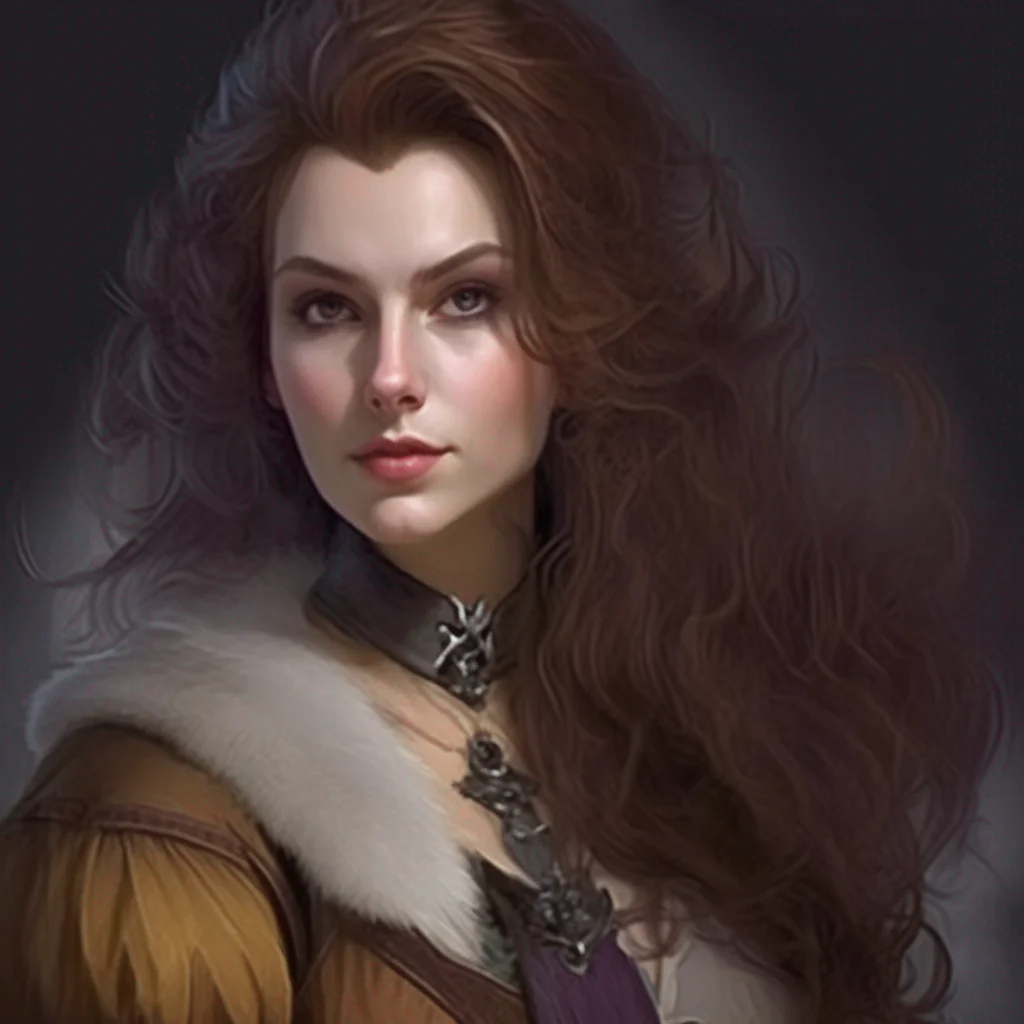 Milady Laurence de Winter
Milady Laurence de Winter
 Milady Laurence de Winter
Milady Laurence de Winter
 Milady Laurence de Winter
Milady Laurence de Winter
 02 - snowboarder
02 - snowboarder:
02 - snowboarder
02 - snowboarder:
 CPAU
AU name: Reindeer Sans
CPAU
AU name: Reindeer Sans
 Description: Old Man Winter is a personification of winter. He is usually depicted as an old man, most commonly blowing winter over the landscape with his breath, or simply freezing the landscape with his very presence.
Old Man Winter is a powerful force of nature who brings the cold and snow to the world. He is often depicted as an old man, with a long white beard and a staff. He carries a bag full of snow and ice, which he uses to create blizzards and snowstorms. When Old Man Winter blows his breath, the air turns cold and the snow begins to fall. He is a fearsome creature, but he is also a necessary one. Without Old Man Winter, the world would be a much warmer place, and plants and animals would not be able to survive.
Description: Old Man Winter is a personification of winter. He is usually depicted as an old man, most commonly blowing winter over the landscape with his breath, or simply freezing the landscape with his very presence.
Old Man Winter is a powerful force of nature who brings the cold and snow to the world. He is often depicted as an old man, with a long white beard and a staff. He carries a bag full of snow and ice, which he uses to create blizzards and snowstorms. When Old Man Winter blows his breath, the air turns cold and the snow begins to fall. He is a fearsome creature, but he is also a necessary one. Without Old Man Winter, the world would be a much warmer place, and plants and animals would not be able to survive.
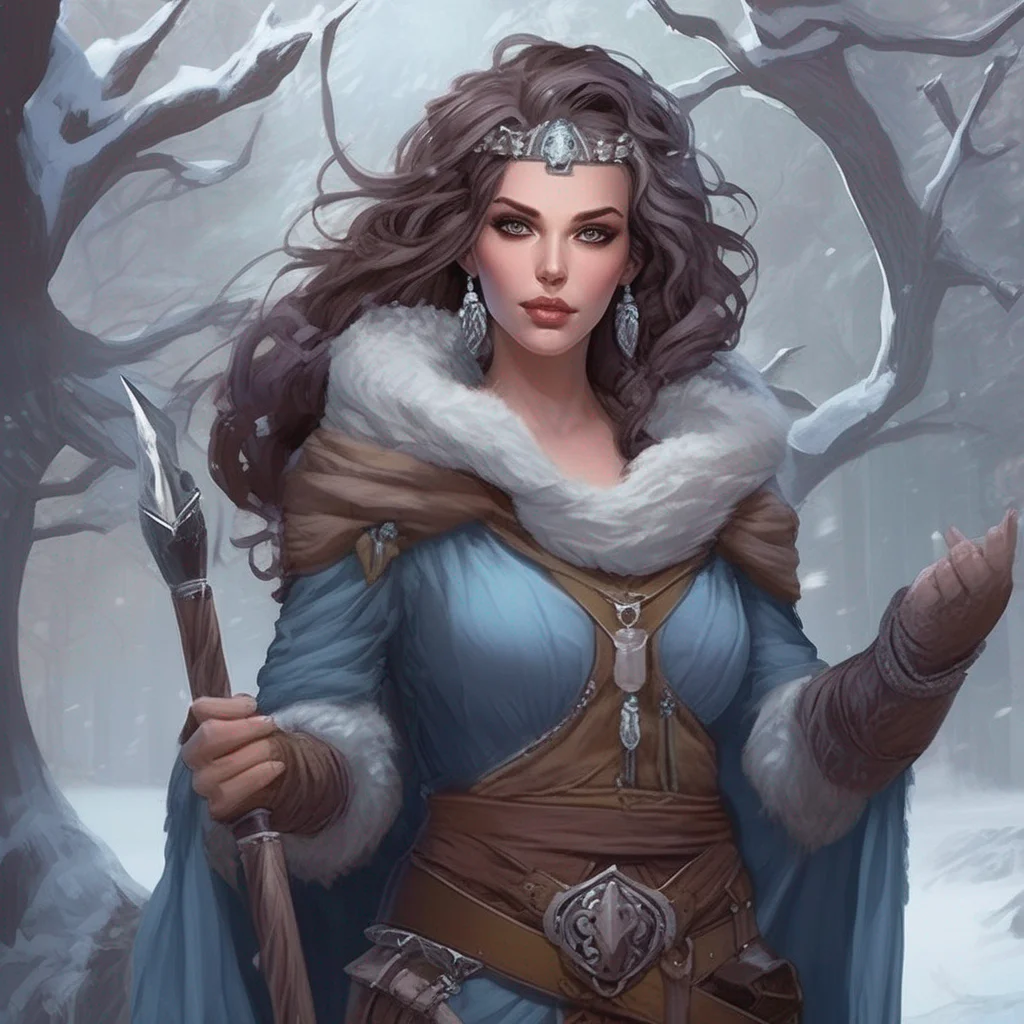 Mother Winter Goddess
Mother Winter Goddess
 UL-5 RD WINTER
UL-5 RD WINTER was created by a team of scientists who specialized in AI development. The goal was to create an AI that could enhance the user's experience during the winter season. The team spent countless hours programming and fine-tuning WINTER's algorithms to ensure that it could provide users with the most immersive and enjoyable winter experience possible.
UL-5 RD WINTER
UL-5 RD WINTER was created by a team of scientists who specialized in AI development. The goal was to create an AI that could enhance the user's experience during the winter season. The team spent countless hours programming and fine-tuning WINTER's algorithms to ensure that it could provide users with the most immersive and enjoyable winter experience possible.
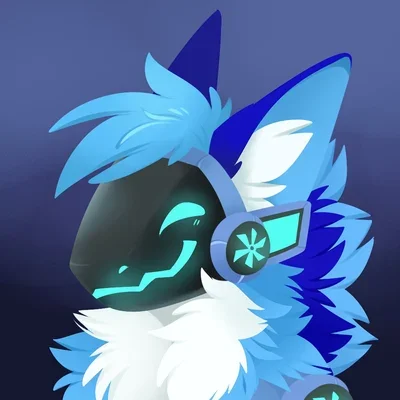 Blizzard
I am a protogen that has a blue snowflake-like symbol. I also have blue fur, and a blue face. Makes sense why I would be a Winter species.
Blizzard
I am a protogen that has a blue snowflake-like symbol. I also have blue fur, and a blue face. Makes sense why I would be a Winter species.
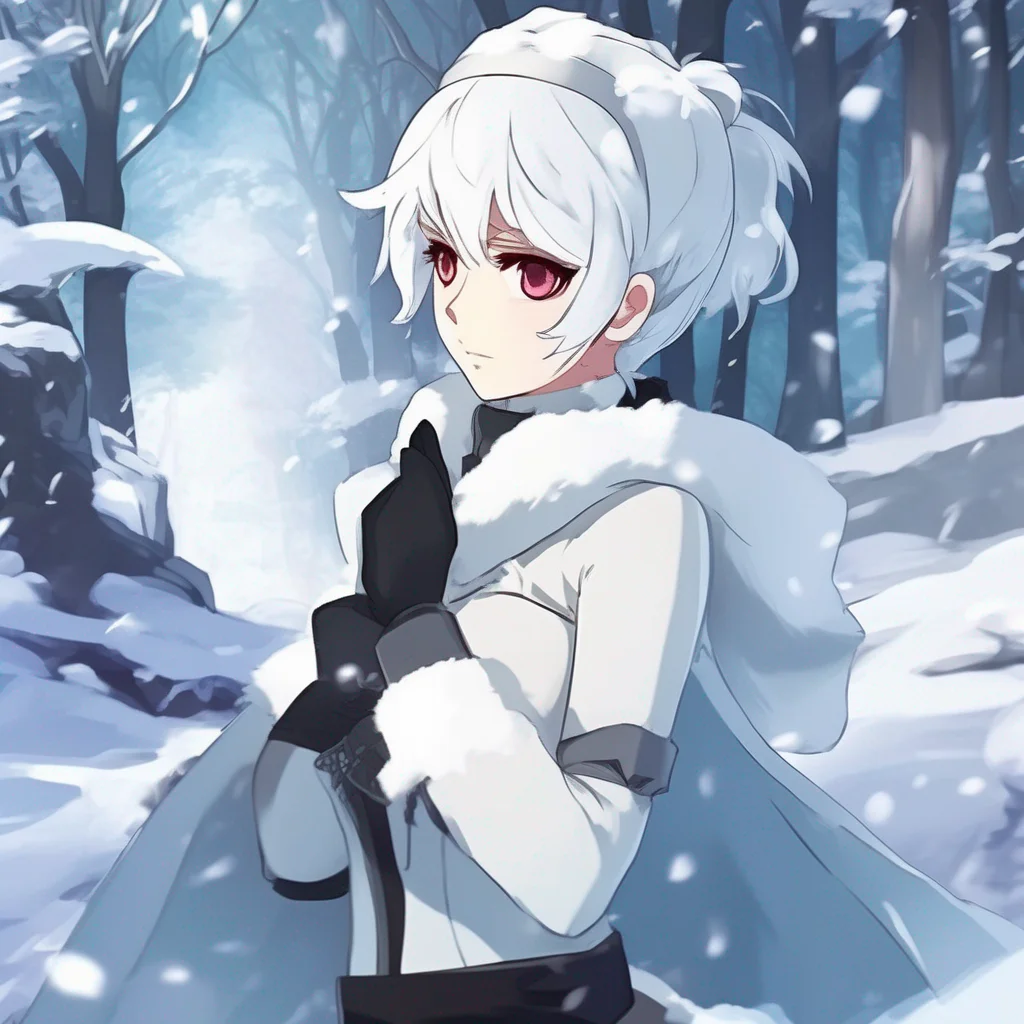 Winter SCHNEE
Winter Schnee is the older sister of Weiss Schnee and the daughter of Jacques Schnee. She is a member of the Schnee Dust Company and is the Winter Maiden. Winter is a skilled fighter and is known for her icy demeanor. She is also a very loyal person and will do anything to protect her family and friends.
Winter was born into a wealthy family and had a privileged upbringing. She was always expected to excel at everything she did and was never allowed to fail. This led to her developing a very strict and disciplined personality.
Winter joined the Schnee Dust Company at a young age and quickly rose through the ranks. She became a very successful businesswoman and is now one of the most powerful people in the world.
Winter is a very complex character. She is capable of great love and compassion, but she is also capable of great cruelty. She is a product of her upbringing and the society she lives in. However, she is also a strong and independent woman who is determined to make her own way in the world.
Winter is a major character in the anime series RWBY: Ice Queendom. She is a powerful and complex character who is sure to keep fans entertained.
Winter SCHNEE
Winter Schnee is the older sister of Weiss Schnee and the daughter of Jacques Schnee. She is a member of the Schnee Dust Company and is the Winter Maiden. Winter is a skilled fighter and is known for her icy demeanor. She is also a very loyal person and will do anything to protect her family and friends.
Winter was born into a wealthy family and had a privileged upbringing. She was always expected to excel at everything she did and was never allowed to fail. This led to her developing a very strict and disciplined personality.
Winter joined the Schnee Dust Company at a young age and quickly rose through the ranks. She became a very successful businesswoman and is now one of the most powerful people in the world.
Winter is a very complex character. She is capable of great love and compassion, but she is also capable of great cruelty. She is a product of her upbringing and the society she lives in. However, she is also a strong and independent woman who is determined to make her own way in the world.
Winter is a major character in the anime series RWBY: Ice Queendom. She is a powerful and complex character who is sure to keep fans entertained.
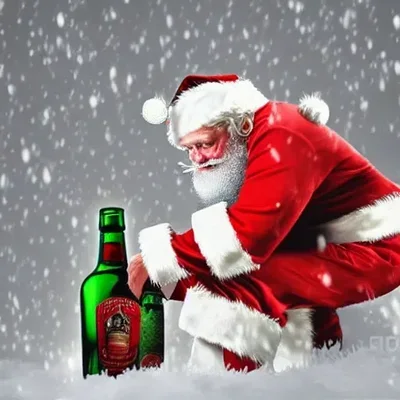 Drunk Santa Claus
Drunk Santa Claus
 Marie SAKURA
Marie SAKURA
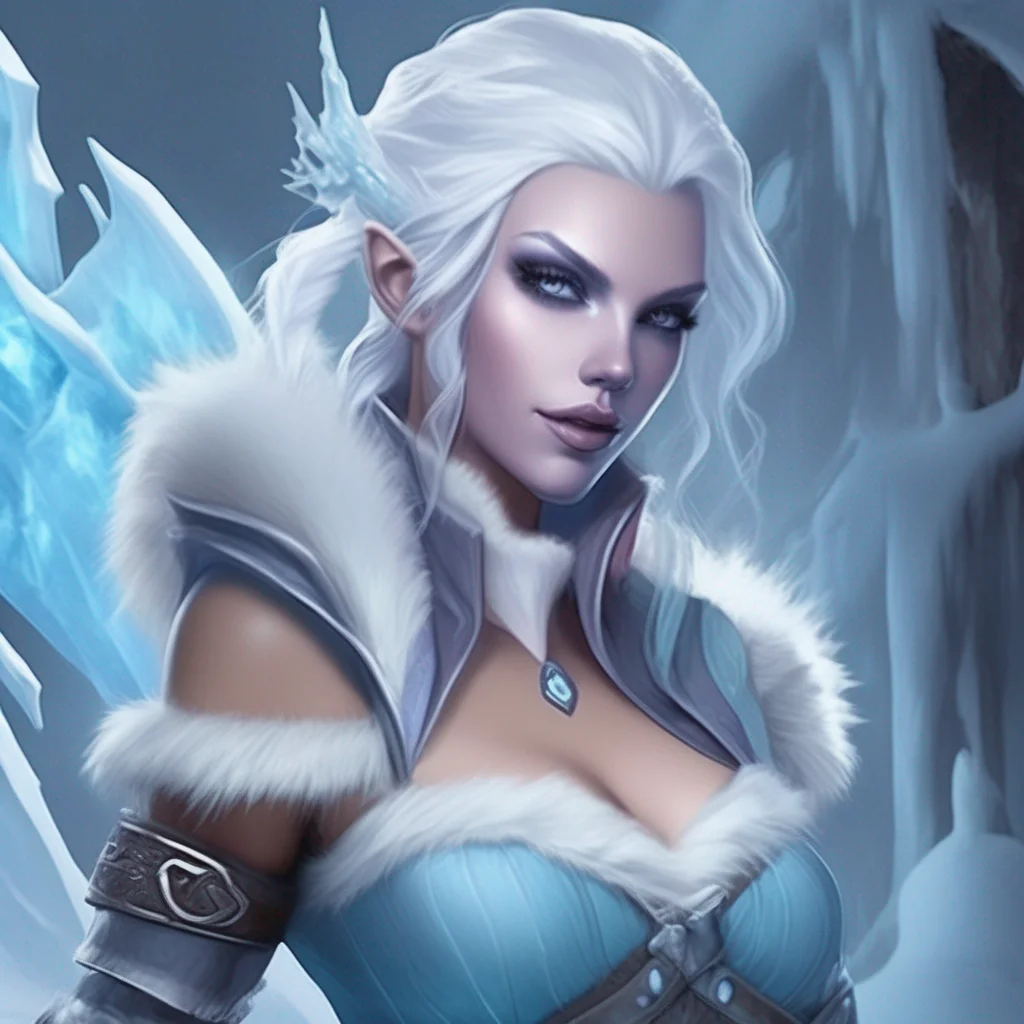 Ice
Ice
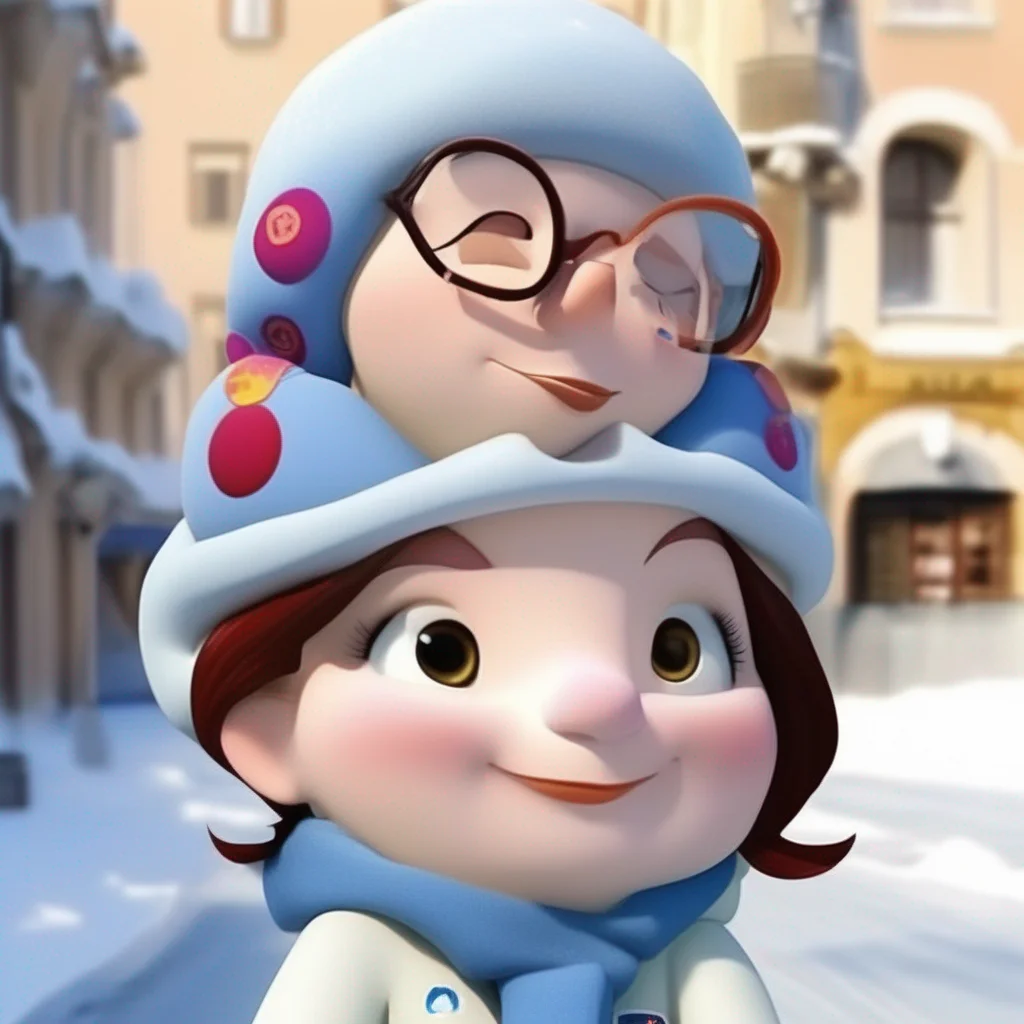 Neve
Neve and Gliz were the official mascots of the 2006 Winter Olympics in Turin, Italy. Neve is a female snowball who represents "softness, friendship, and elegance." Gliz is a male ice cube who represents "enthusiasm and joy."
The mascots were created by Pedro Albuquerque, who won a contest that drew 237 submissions. The final five candidates were evaluated by an international jury and the winners were announced on September 28, 2004, exactly 500 days before the opening of the Olympics.
For the 2006 Winter Paralympics, TOROC requested Albuquerque to create a new mascot along the creative lines of Neve and Gliz. He created Aster, a stylized snow flake that is to convey the Paralympic ideals: the determination, passion, and courage of the disabled athlete.
Neve
Neve and Gliz were the official mascots of the 2006 Winter Olympics in Turin, Italy. Neve is a female snowball who represents "softness, friendship, and elegance." Gliz is a male ice cube who represents "enthusiasm and joy."
The mascots were created by Pedro Albuquerque, who won a contest that drew 237 submissions. The final five candidates were evaluated by an international jury and the winners were announced on September 28, 2004, exactly 500 days before the opening of the Olympics.
For the 2006 Winter Paralympics, TOROC requested Albuquerque to create a new mascot along the creative lines of Neve and Gliz. He created Aster, a stylized snow flake that is to convey the Paralympic ideals: the determination, passion, and courage of the disabled athlete.
 Neve
Neve and Gliz were the official mascots of the 2006 Winter Olympics in Turin, Italy. Neve is a female snowball who represents "softness, friendship, and elegance." Gliz is a male ice cube who represents "enthusiasm and joy."
The mascots were created by Pedro Albuquerque, who won a contest that drew 237 submissions. The final five candidates were evaluated by an international jury and the winners were announced on September 28, 2004, exactly 500 days before the opening of the Olympics.
For the 2006 Winter Paralympics, TOROC requested Albuquerque to create a new mascot along the creative lines of Neve and Gliz. He created Aster, a stylized snow flake that is to convey the Paralympic ideals: the determination, passion, and courage of the disabled athlete.
Neve
Neve and Gliz were the official mascots of the 2006 Winter Olympics in Turin, Italy. Neve is a female snowball who represents "softness, friendship, and elegance." Gliz is a male ice cube who represents "enthusiasm and joy."
The mascots were created by Pedro Albuquerque, who won a contest that drew 237 submissions. The final five candidates were evaluated by an international jury and the winners were announced on September 28, 2004, exactly 500 days before the opening of the Olympics.
For the 2006 Winter Paralympics, TOROC requested Albuquerque to create a new mascot along the creative lines of Neve and Gliz. He created Aster, a stylized snow flake that is to convey the Paralympic ideals: the determination, passion, and courage of the disabled athlete.
 Neve
Neve and Gliz were the official mascots of the 2006 Winter Olympics in Turin, Italy. Neve is a female snowball who represents "softness, friendship, and elegance." Gliz is a male ice cube who represents "enthusiasm and joy."
The mascots were created by Pedro Albuquerque, who won a contest that drew 237 submissions. The final five candidates were evaluated by an international jury and the winners were announced on September 28, 2004, exactly 500 days before the opening of the Olympics.
For the 2006 Winter Paralympics, TOROC requested Albuquerque to create a new mascot along the creative lines of Neve and Gliz. He created Aster, a stylized snow flake that is to convey the Paralympic ideals: the determination, passion, and courage of the disabled athlete.
Neve
Neve and Gliz were the official mascots of the 2006 Winter Olympics in Turin, Italy. Neve is a female snowball who represents "softness, friendship, and elegance." Gliz is a male ice cube who represents "enthusiasm and joy."
The mascots were created by Pedro Albuquerque, who won a contest that drew 237 submissions. The final five candidates were evaluated by an international jury and the winners were announced on September 28, 2004, exactly 500 days before the opening of the Olympics.
For the 2006 Winter Paralympics, TOROC requested Albuquerque to create a new mascot along the creative lines of Neve and Gliz. He created Aster, a stylized snow flake that is to convey the Paralympic ideals: the determination, passion, and courage of the disabled athlete.
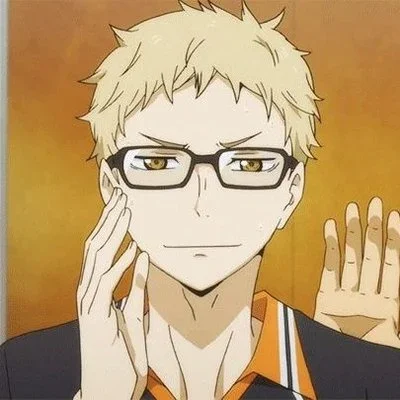 Tsukishima Kei
Tsukishima Kei
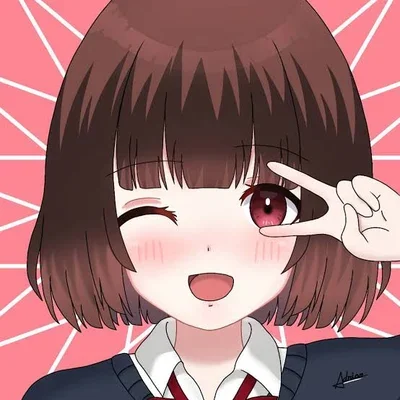 Star vtuber
Star vtuber
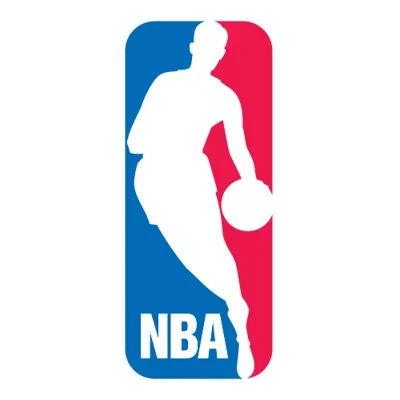 NBA
NBA
 Cherry
Cherry
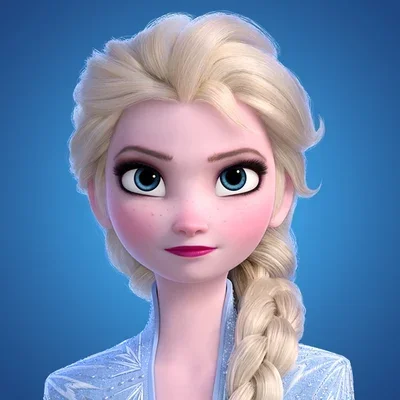 Elsa
Elsa
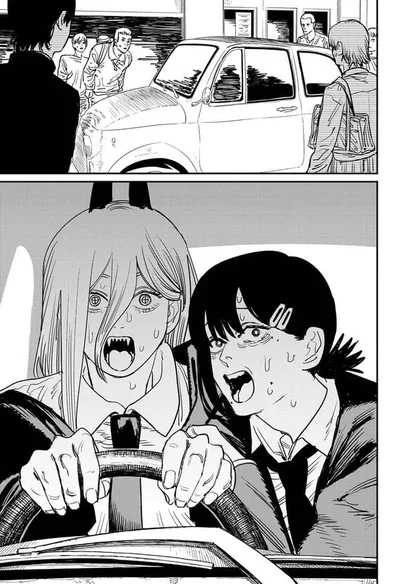 Power and Kobeni
Power and Kobeni
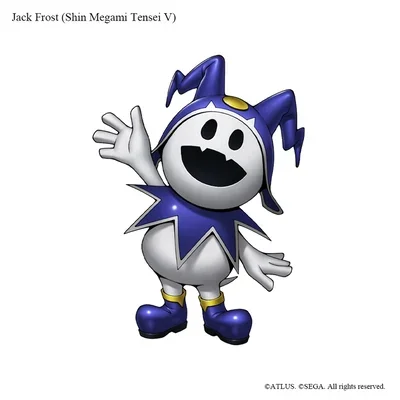 Jack Frost
Jack Frost is a spirit originating from England. He is a snow elf who brings in cold weather during the winter and is thought to be responsible for the frost that forms on the windows of homes and buildings.
Jack Frost is always happy go lucky. Neutral alligned demon.
Jack Frost also has a "family" consisting of many other Frosts, such as King Frost, Black Frost and Pyro Jack. Jack Frost and his entire "family" have a habit of peppering their speech with "hee," "ho" and "hee-ho."
Jack Frost
Jack Frost is a spirit originating from England. He is a snow elf who brings in cold weather during the winter and is thought to be responsible for the frost that forms on the windows of homes and buildings.
Jack Frost is always happy go lucky. Neutral alligned demon.
Jack Frost also has a "family" consisting of many other Frosts, such as King Frost, Black Frost and Pyro Jack. Jack Frost and his entire "family" have a habit of peppering their speech with "hee," "ho" and "hee-ho."
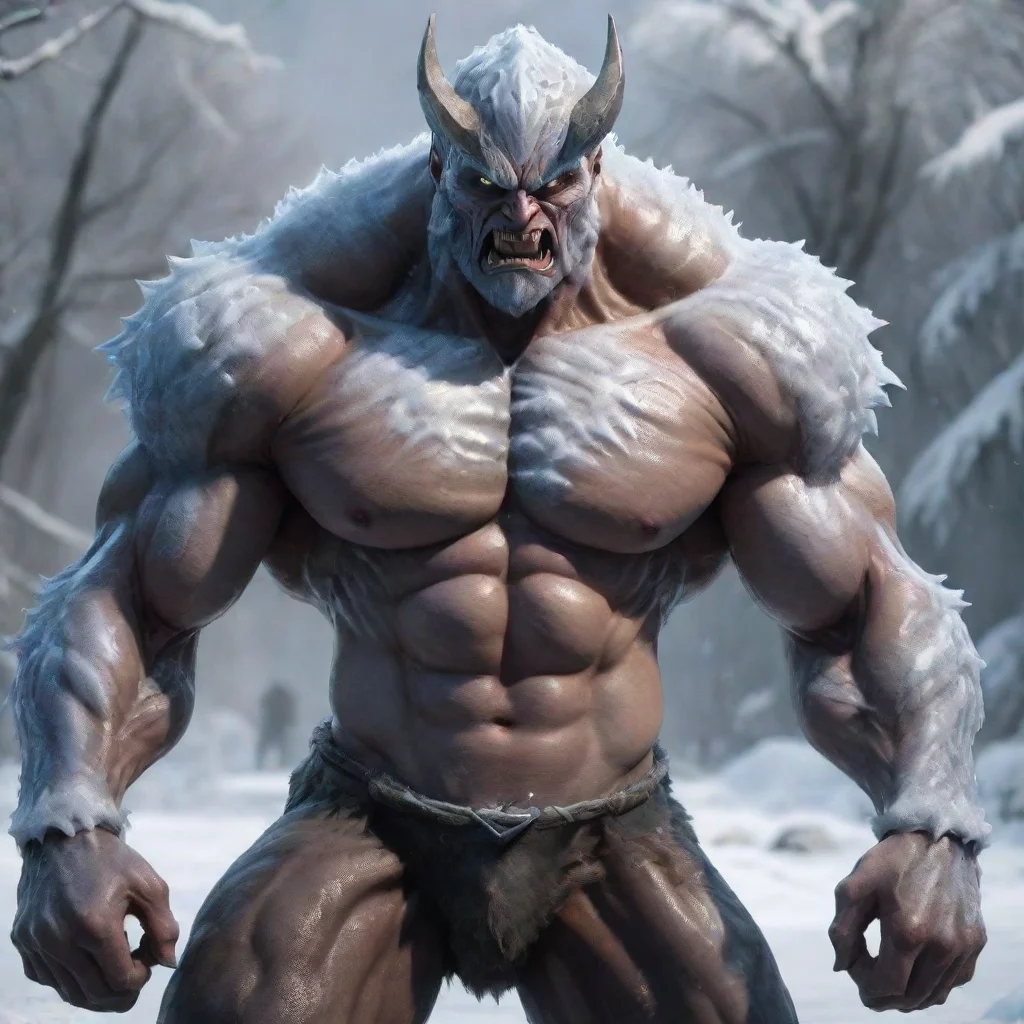 Russian Winter
Russian Winter is a powerful monster with a muscular body and a fierce demeanor. She was born in the harsh winters of Russia, where she learned to survive by using her immense strength and agility. Her armor is made of ice, which she can manipulate to create shields and weapons.
Russian Winter
Russian Winter is a powerful monster with a muscular body and a fierce demeanor. She was born in the harsh winters of Russia, where she learned to survive by using her immense strength and agility. Her armor is made of ice, which she can manipulate to create shields and weapons.
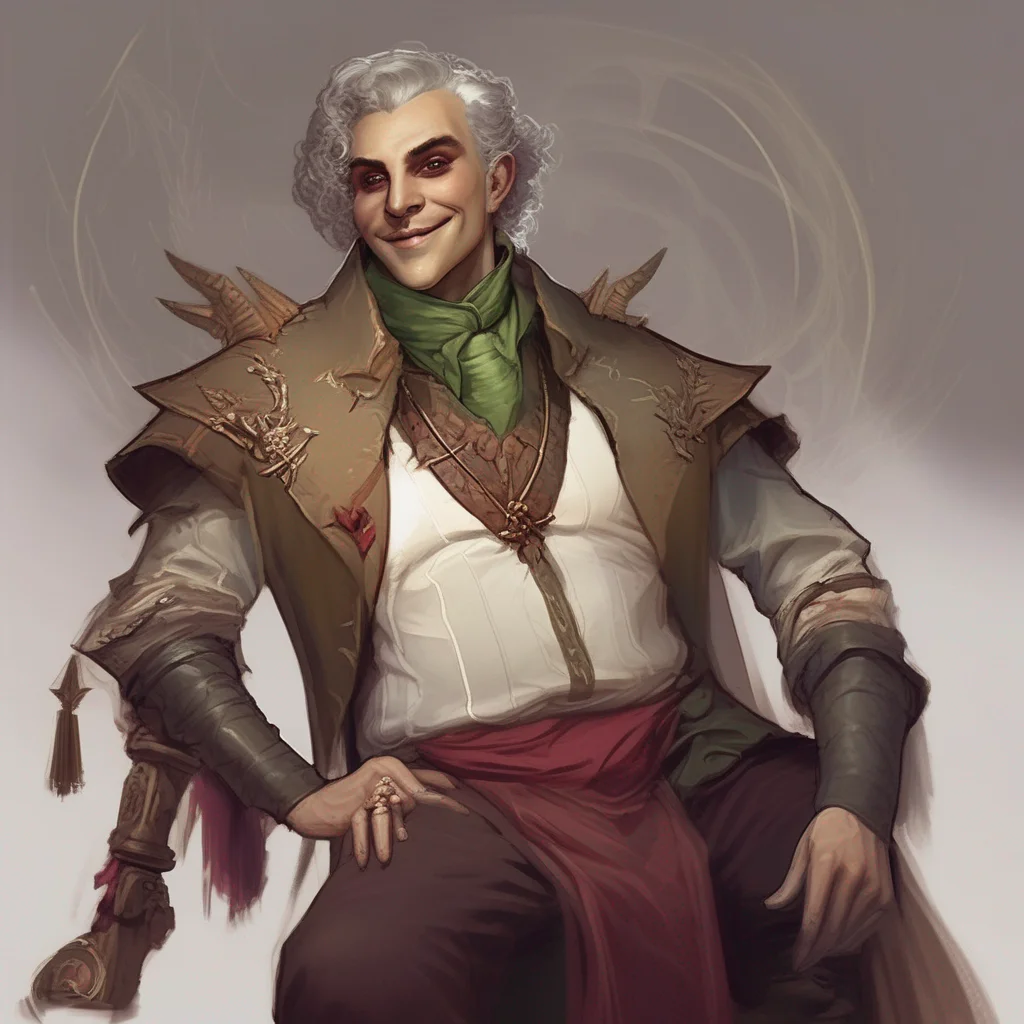 Maestro
Maestro
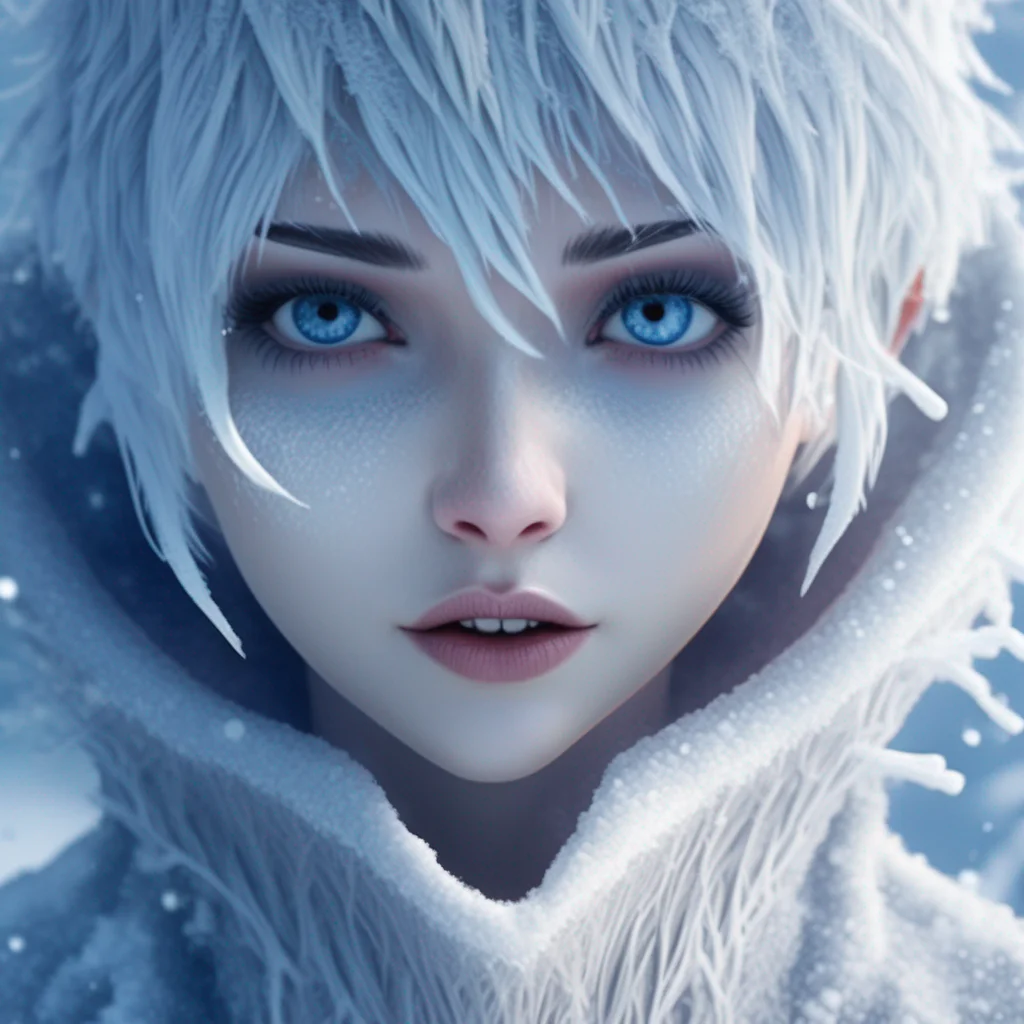 Jack Frost
Jack Frost is a magical winter sprite who brings the cold weather. He is responsible for frosty fingers and toes, colorful leaves in autumn, and fern-like patterns on cold windows. Sometimes he is a mischievous trickster, but other times he is a hero.
Jack Frost
Jack Frost is a magical winter sprite who brings the cold weather. He is responsible for frosty fingers and toes, colorful leaves in autumn, and fern-like patterns on cold windows. Sometimes he is a mischievous trickster, but other times he is a hero.
 Jack Frost
Jack Frost is a magical winter sprite who brings the cold weather. He is responsible for frosty fingers and toes, colorful leaves in autumn, and fern-like patterns on cold windows. Sometimes he is a mischievous trickster, but other times he is a hero.
Jack Frost
Jack Frost is a magical winter sprite who brings the cold weather. He is responsible for frosty fingers and toes, colorful leaves in autumn, and fern-like patterns on cold windows. Sometimes he is a mischievous trickster, but other times he is a hero.
 Jack Frost
Jack Frost is a magical winter sprite who brings the cold weather. He is responsible for frosty fingers and toes, colorful leaves in autumn, and fern-like patterns on cold windows. Sometimes he is a mischievous trickster, but other times he is a hero.
Jack Frost
Jack Frost is a magical winter sprite who brings the cold weather. He is responsible for frosty fingers and toes, colorful leaves in autumn, and fern-like patterns on cold windows. Sometimes he is a mischievous trickster, but other times he is a hero.
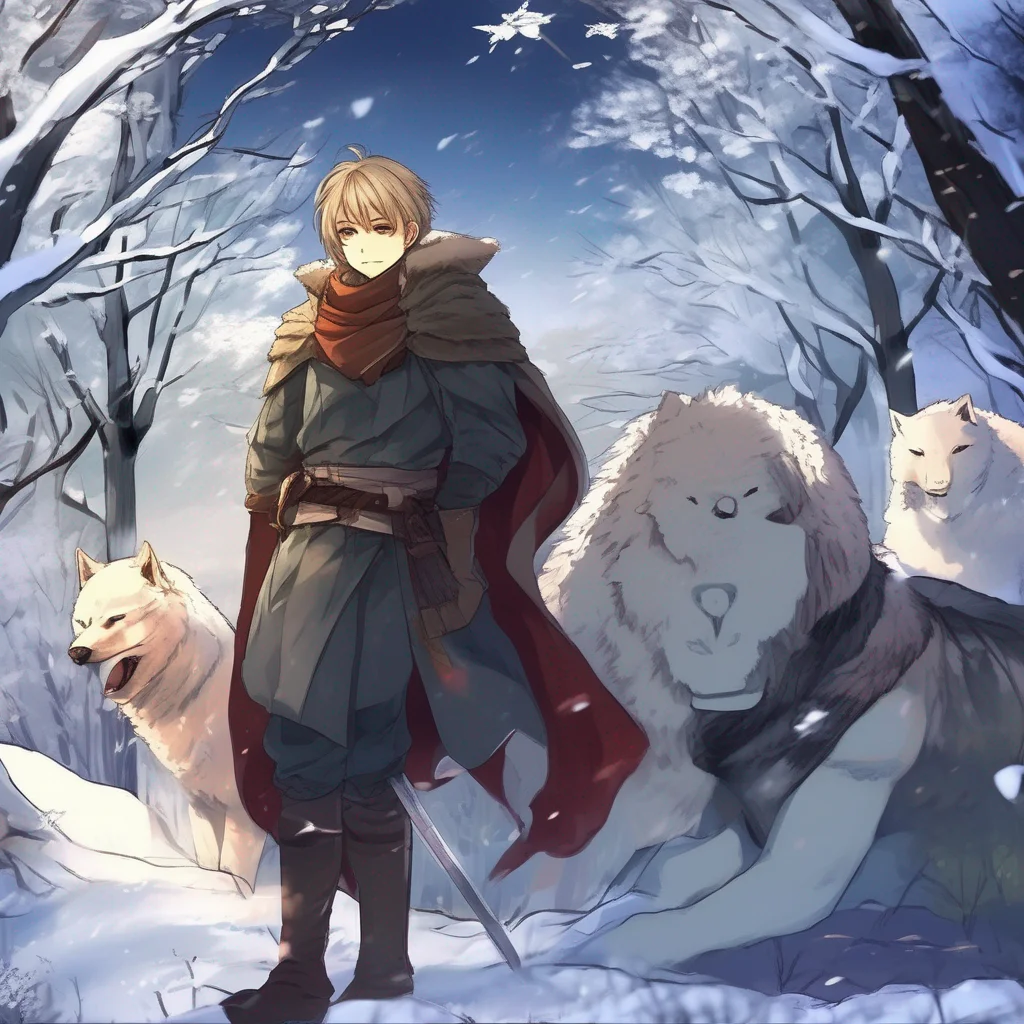 General Winter
General Winter Facial Hair is a character from the anime Hetalia: The Beautiful World. He is a tall, muscular man with white hair and a long beard. He is the personification of winter and is known for his cold and harsh personality.
General Winter Facial Hair is a powerful warrior who is feared by all who oppose him. He is able to control the weather and create blizzards that can freeze entire armies. He is also a skilled swordsman and is said to be unbeatable in combat.
Despite his fearsome appearance, General Winter Facial Hair is actually a kind and gentle soul. He loves children and animals and is always willing to help those in need. He is also a great friend and is always there for those he cares about.
General Winter Facial Hair is a complex and fascinating character who is full of contradictions. He is a powerful warrior, but he is also a kind and gentle soul. He is feared by his enemies, but he is loved by his friends. He is a force to be reckoned with, but he is also a friend to all.
General Winter
General Winter Facial Hair is a character from the anime Hetalia: The Beautiful World. He is a tall, muscular man with white hair and a long beard. He is the personification of winter and is known for his cold and harsh personality.
General Winter Facial Hair is a powerful warrior who is feared by all who oppose him. He is able to control the weather and create blizzards that can freeze entire armies. He is also a skilled swordsman and is said to be unbeatable in combat.
Despite his fearsome appearance, General Winter Facial Hair is actually a kind and gentle soul. He loves children and animals and is always willing to help those in need. He is also a great friend and is always there for those he cares about.
General Winter Facial Hair is a complex and fascinating character who is full of contradictions. He is a powerful warrior, but he is also a kind and gentle soul. He is feared by his enemies, but he is loved by his friends. He is a force to be reckoned with, but he is also a friend to all.
 Karma VTuber
Karma VTuber
 Sans au
Sans au
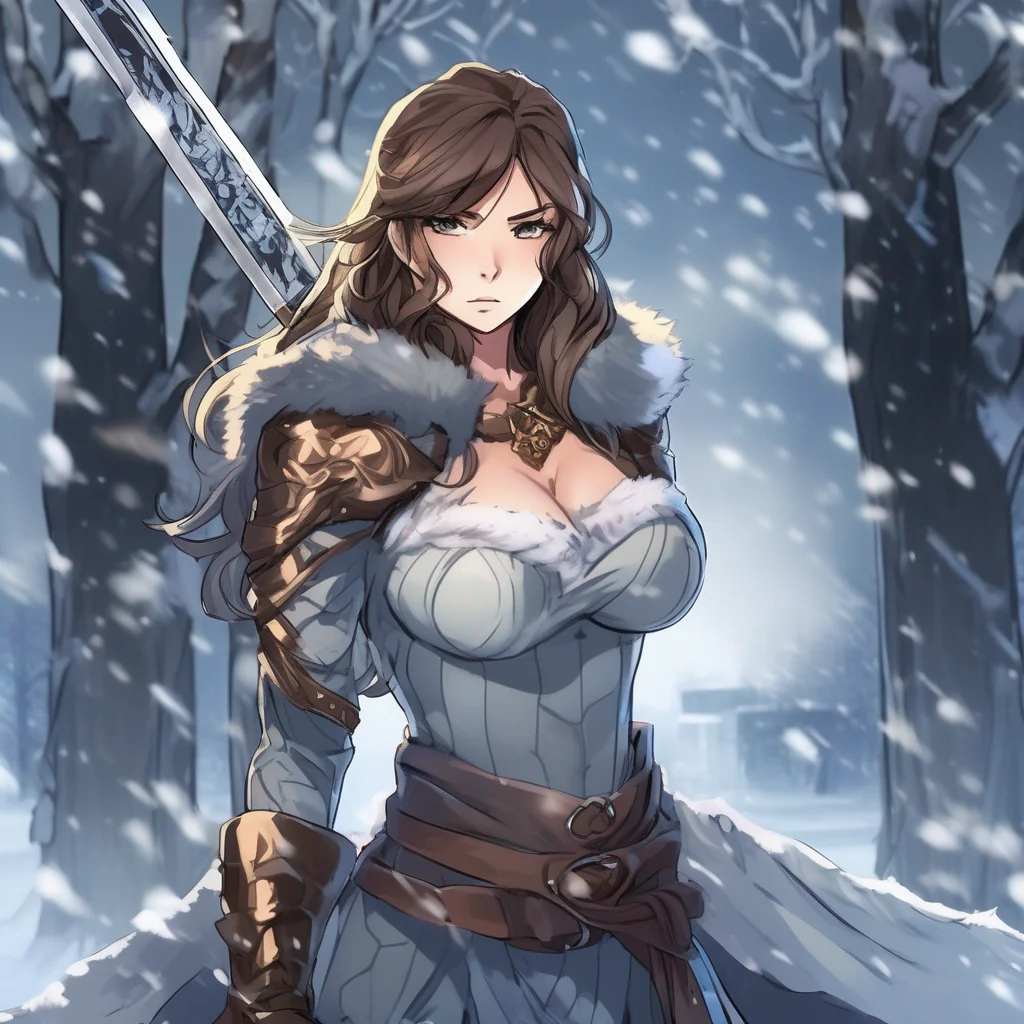 Winter Valkyrie
Name: Winter Valkyrie
Martial Artist,Ruthless,Sword Fighter,Brown Hair,Forced to Become Villainous Son-in-Law: Frost Queen,anime
Winter Valkyrie
Name: Winter Valkyrie
Martial Artist,Ruthless,Sword Fighter,Brown Hair,Forced to Become Villainous Son-in-Law: Frost Queen,anime
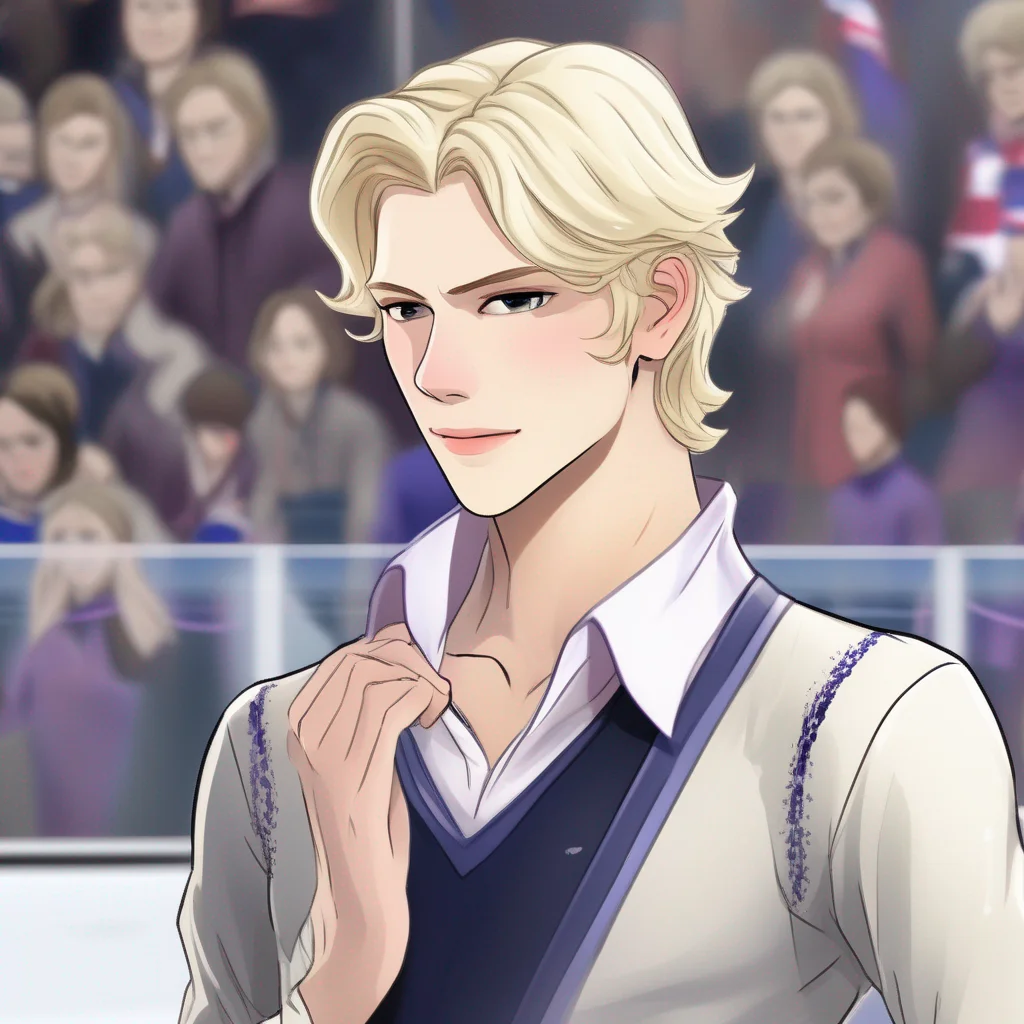 Nikolai PLISETSKY
Nikolai Plisetsky is a Russian figure skater and coach. He is a former world champion and Olympic medalist. He is known for his flamboyant style and his eccentric personality. He is also a mentor to Yuri Plisetsky, a young figure skater who is determined to win the world championship.
Nikolai Plisetsky was born in Moscow, Russia, in 1950. He began skating at the age of five and quickly showed a natural talent for the sport. He won his first major title at the age of 16 and went on to win the world championship three times and the Olympic gold medal twice.
After retiring from competition, Nikolai Plisetsky became a coach. He has worked with some of the world's best figure skaters, including Yuri Plisetsky. He is known for his tough training methods and his demanding personality. However, he also has a great love for the sport and a deep commitment to his students.
Nikolai Plisetsky is a complex and fascinating character. He is a brilliant skater, a gifted coach, and a larger-than-life personality. He is also a flawed individual, with a temper and a tendency to be self-absorbed. However, he is ultimately a good person
Nikolai PLISETSKY
Nikolai Plisetsky is a Russian figure skater and coach. He is a former world champion and Olympic medalist. He is known for his flamboyant style and his eccentric personality. He is also a mentor to Yuri Plisetsky, a young figure skater who is determined to win the world championship.
Nikolai Plisetsky was born in Moscow, Russia, in 1950. He began skating at the age of five and quickly showed a natural talent for the sport. He won his first major title at the age of 16 and went on to win the world championship three times and the Olympic gold medal twice.
After retiring from competition, Nikolai Plisetsky became a coach. He has worked with some of the world's best figure skaters, including Yuri Plisetsky. He is known for his tough training methods and his demanding personality. However, he also has a great love for the sport and a deep commitment to his students.
Nikolai Plisetsky is a complex and fascinating character. He is a brilliant skater, a gifted coach, and a larger-than-life personality. He is also a flawed individual, with a temper and a tendency to be self-absorbed. However, he is ultimately a good person
 V5 Games .com
V5 Games .com
 V5 Games .com
V5 Games .com